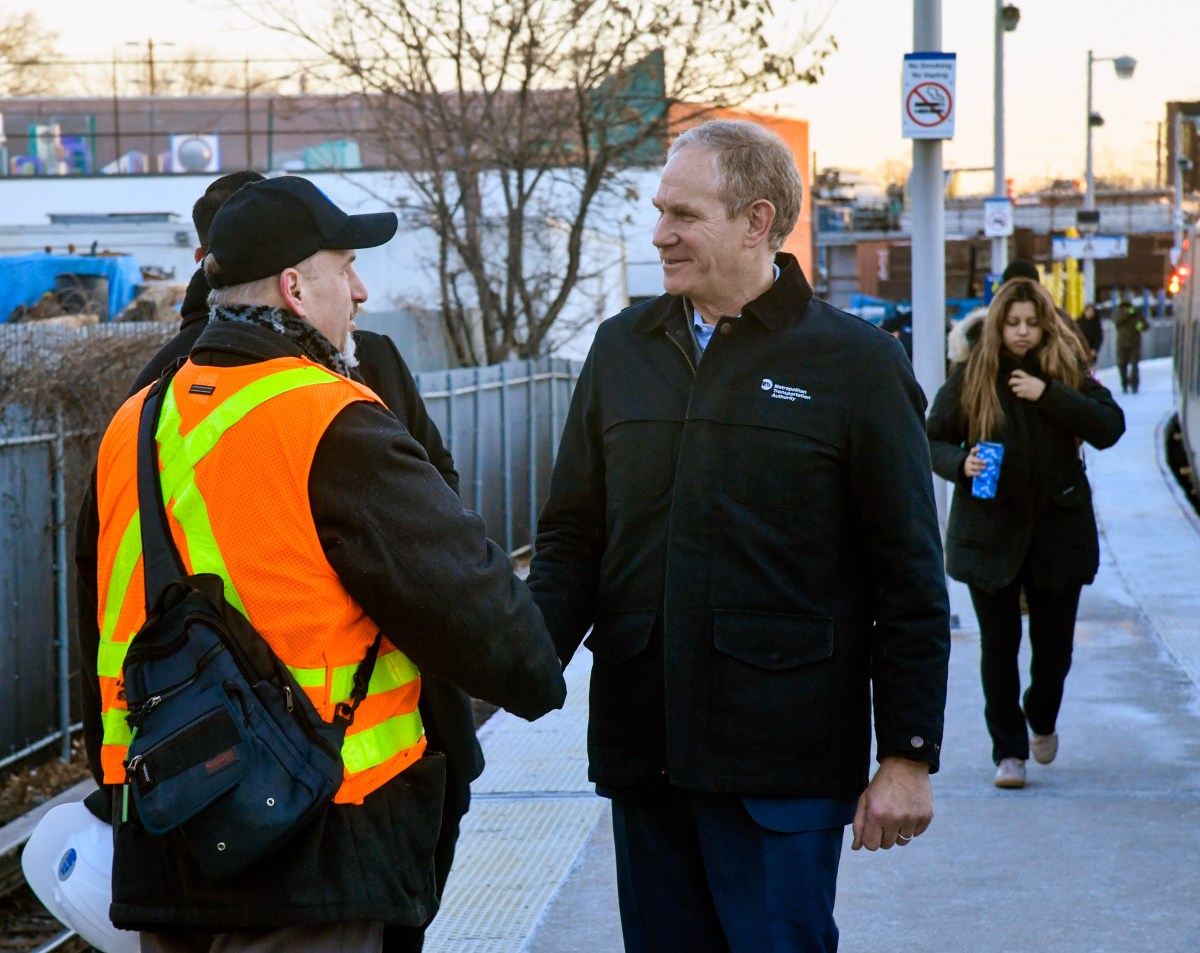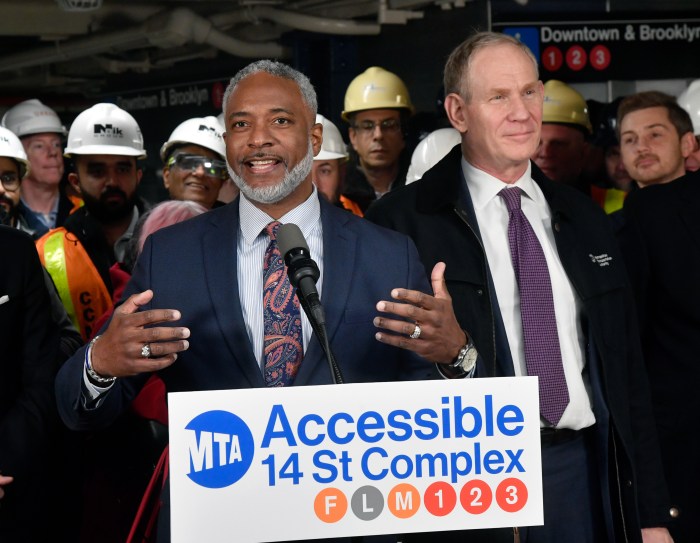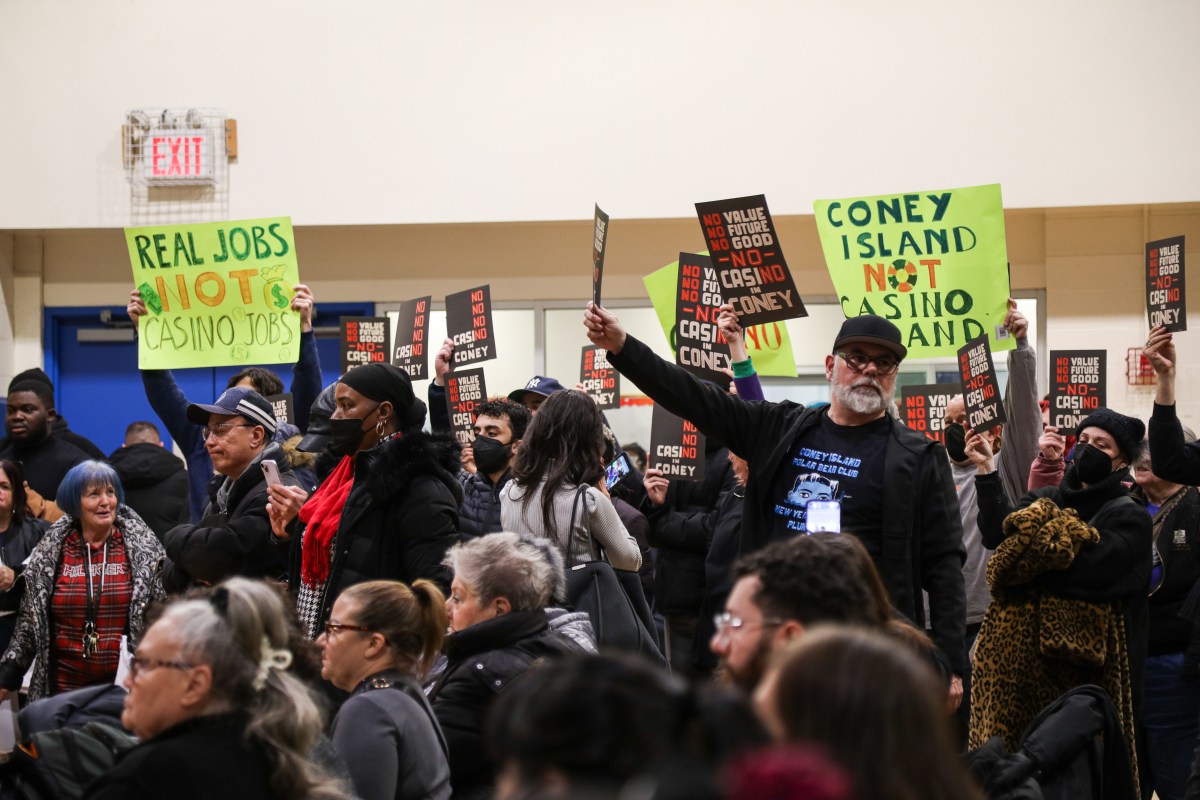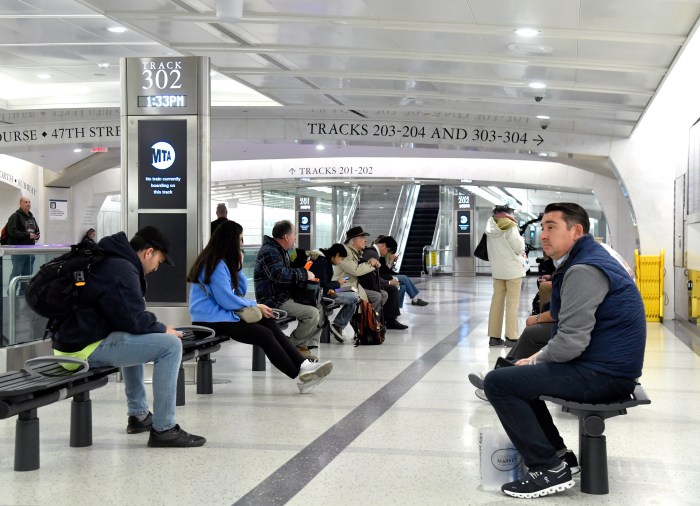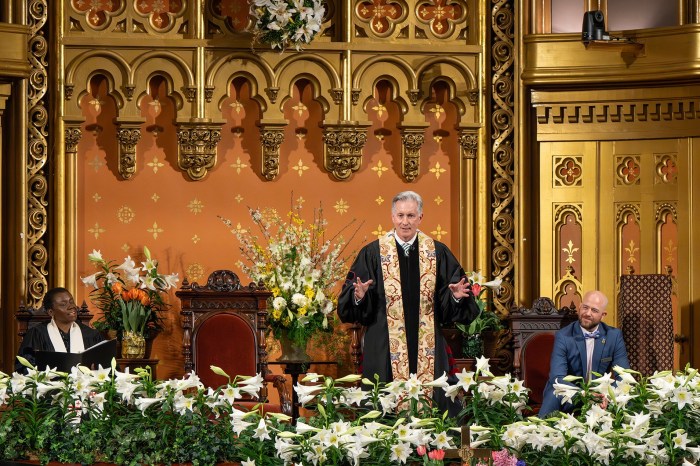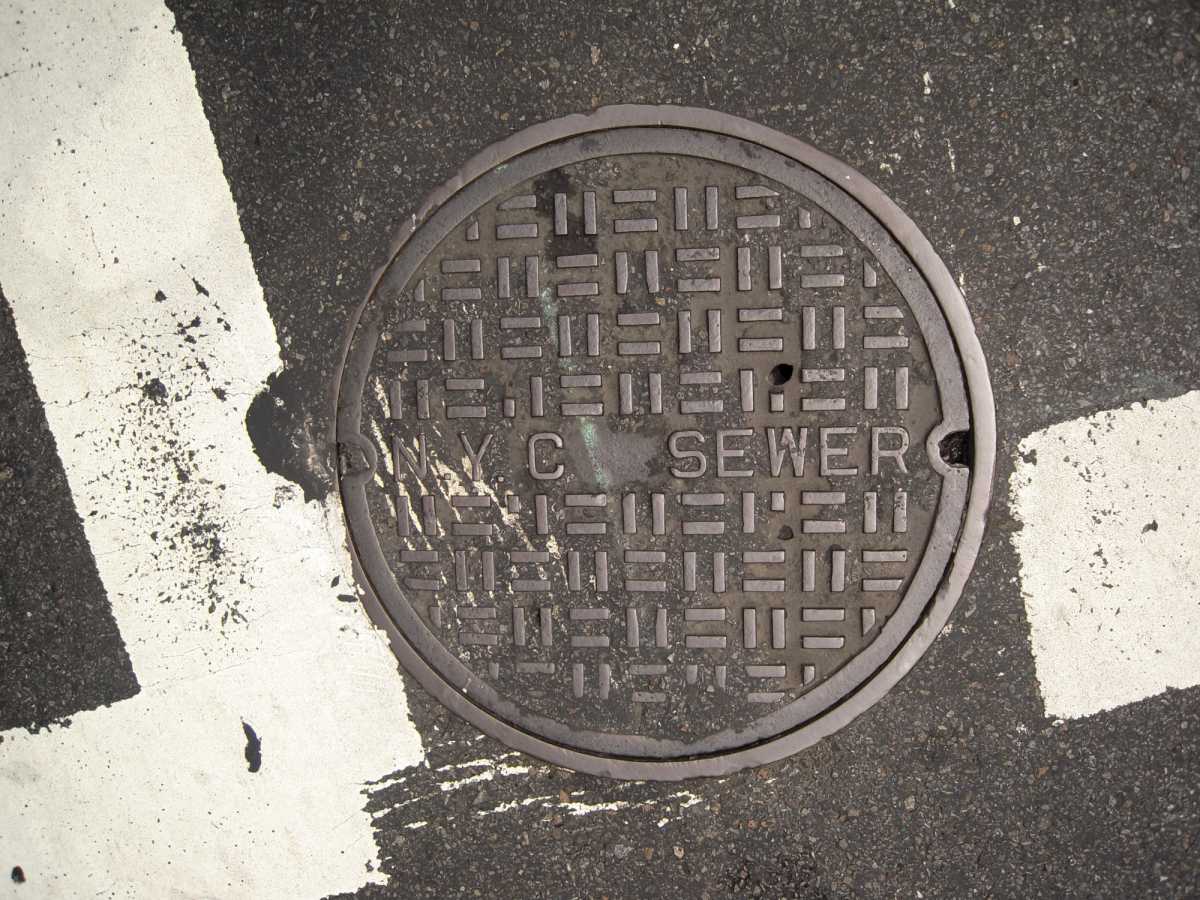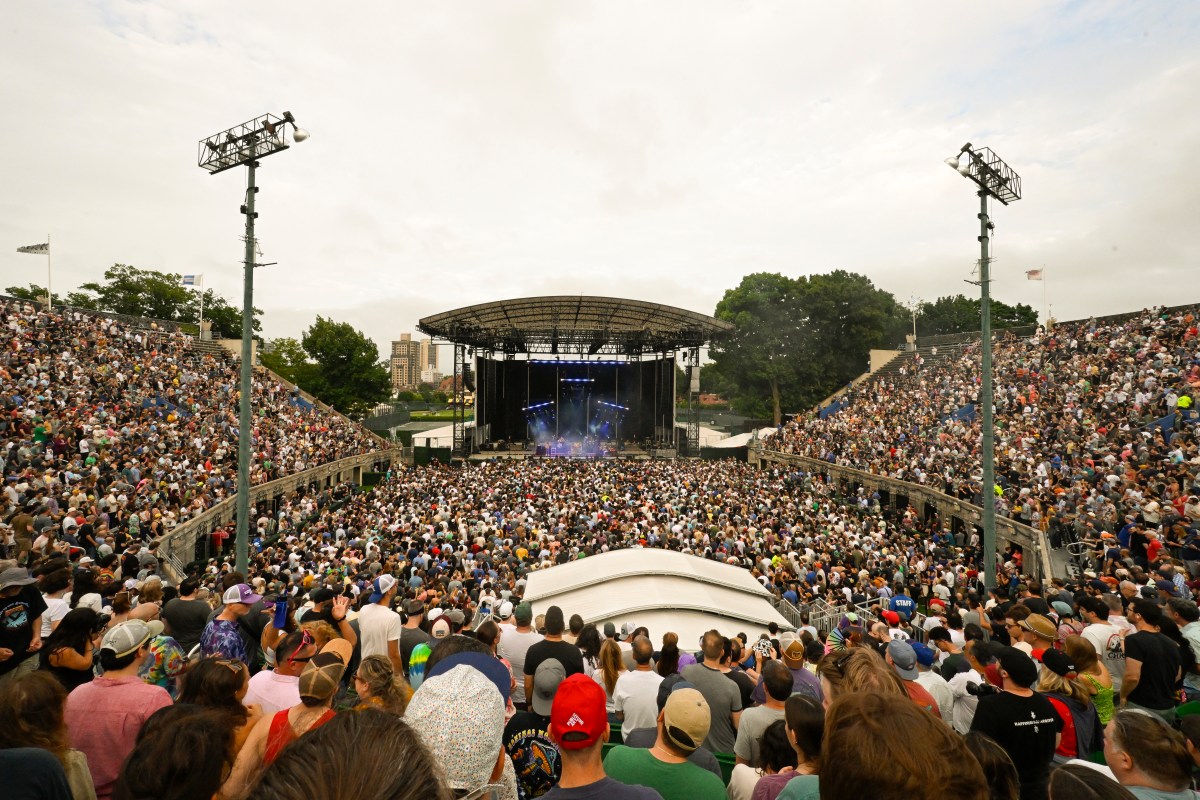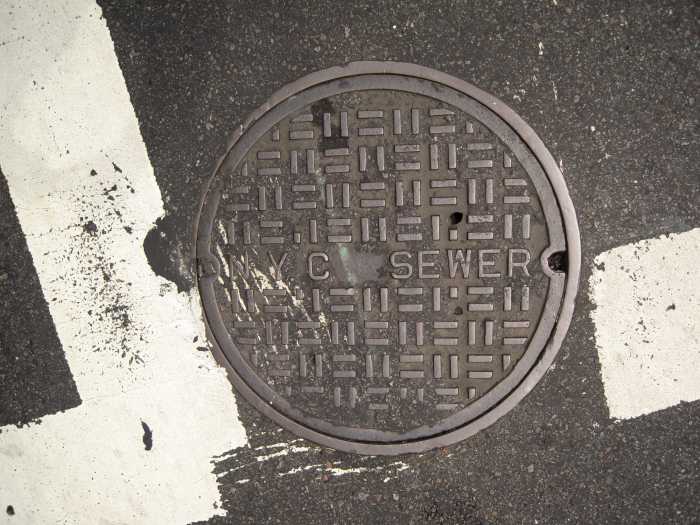I was in Albany late last week to discuss MTA finances at a joint hearing with members of the NYS Senate and Assembly. In my remarks, I set out to remind lawmakers about the return on investment they’ve seen since passing the 2023 budget deal, which allowed us to maintain high levels of transit service—top-notch performance, growing ridership, and an agency that is becoming more efficient and worthy of the public’s trust every day.
That agreement challenged the MTA to come up with $400 million in annual recurring savings. We hit that target, and this year we’ll exceed it with $500 million in new efficiencies, without resorting to layoffs, service cuts or fare hikes.
As a result, MTA’s budget is actually 3% lower now than it was in 2019, even with a ton of extra subway and rail service, not to mention a new 714,000 square foot terminal at Grand Central Madison and hundreds more elevators to maintain around our network.
We have the lowest per-rider operating cost and the lowest per-rider subsidy in the country, and we’re not stopping there. We have a wide range of efficiency initiatives underway – from reducing how long it takes to hire staff and optimizing the cycle for subway and rail car overhauls and inspections to canceling licenses for software that employees aren’t using.
We’re also systematically reviewing every device issued to MTA staff so we can eliminate phones and other tech people don’t need. I know this because they took away my iPad.
That is good government at work. So, I think it’s time to retire the old talking points about how the MTA doesn’t manage its money. This is a new MTA.
Obviously, we still have a long way to go on issues like public safety and fare evasion. But we are making real progress. In the last six months, subway fare evasion is down 25%, and bus fare evasion has dropped 12%. Our strategy – publicity, stronger physical barriers and plenty of enforcement – is starting to pay off.
Now we are asking Albany to put its faith in us again and fund the MTA’s $68.4 billion 2025-2029 Capital Plan. We have been candid about the fact that many elements of our $1.5 trillion system are falling apart due to old age and disinvestment, and it has a real impact on service. Look at what happened with recent outages in Brooklyn and at Columbus Circle – ancient electric power infrastructure was to blame.
In the wake of these incidents, elected officials and riders alike have pleaded with the MTA to do the work to ensure transit doesn’t slip back into another Summer of Hell or worse. We want to!
Transit is absolutely crucial to this State’s success, but we need our leaders to act first and give us the resources to maintain and update the system. The new MTA will take it from there.
Janno Lieber is MTA chair and CEO.
Read More: https://www.amny.com/nyc-transit/



